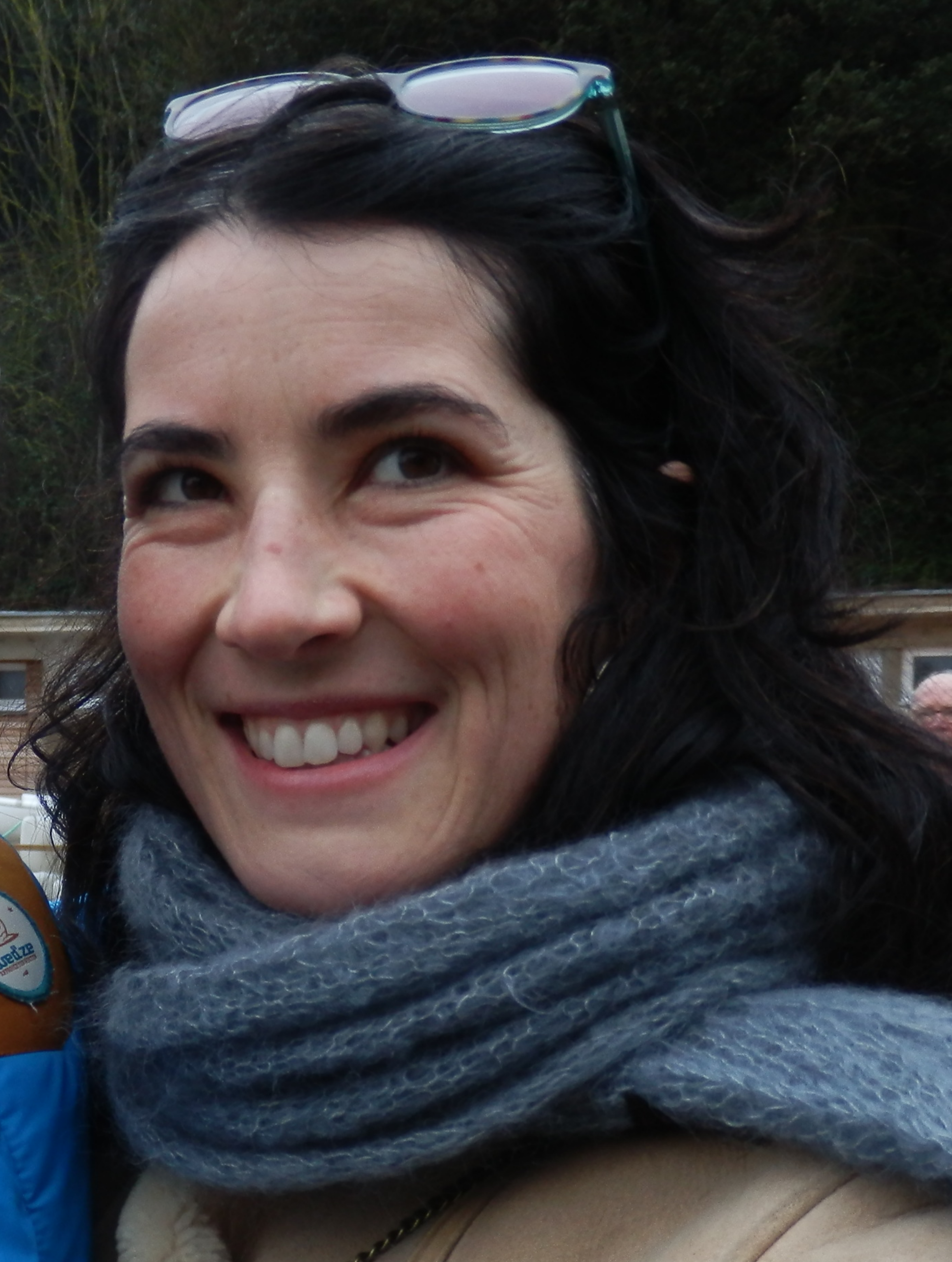Hélène Audusseau is a French researcher in ecology. She begins this fall a project in urban ecology, “EcoHeat”, at the ECOBIO lab (Université de Rennes 1).
[BIENVENÜE team] Hi Hélène, how did you become interested in urban ecology?
Hélène Audusseau: After my thesis on the impacts of climate change on insect communities in Sweden, I worked in Paris on the urban environment and its constraints on biodiversity. The city is a relevant field for the study of impacts of climate change, because the alterations are larger than somewhere else and they are observable at a rather small spatial scale. Study of urban biodiversity has also a concrete and direct application, such as a knowledge basis for local governments and bodies. I think, for example, that the results of projects like mine can help discuss local urban planning – Plan Local d’Urbanisme in France.
Can you explain the EcoHeat project in a few words?
The objective is to understand if and how species can adapt to temperature variations, which are particularly important in a city. I will studies different animal groups called ectotherms, which means they are not able to regulate their body temperature by themselves. It is therefore linked to their habitat. Are such animals present in the city in the same way as in the nearby countryside ? Do we observe specific adaptations in urban populations to face the temperature variations? This is what I will work on, with a special interest in the variations of observable features (such as weight, wing size…) of different species in response to temperature.
Why is it important?
For these animals, temperature has an impact on their reproduction cycle, development, and basically their survival. Composition of their urban communities and ecosystem services provided depend on their reaction to temperature variation. Studied species are involved in the regulation of weeds (beetles), soil aeration (worms), polination (butterflies), but also are crop pest (aphid).
How will you work?
I will monitor and study the different species and their population in different sites, which have different climatic conditions, in Rennes Métropole. To do so, I will build on a climate conditions database with a almost unique precision, only available in Rennes, Dijon and Toulouse. This database was implemented in 2003 by researchers from the LETG lab, with whom I am collaborating for this project. The available sensor network allows a monitoring of temperature description by neighbourhood.
What is your main motivation during your work?
The impact of climate change on biodiversity, the issue at the heart of my studies, is nowadays a central question. My research project is the continuity of my past work, while I am looking to combine various themes and approchs I already worked with. I am attached to this interdisciplinarity, that I found rich and constructive.
You plan to share your data with Rennes Métropole, in an online widely accessible biodiversity atlas. Why?
It is an obvious choice to contribute to this altas launched in June 2021, because first the city is the heat of the project and second its parks and lawns are my study sites. Collaboration between institutions and local councils is crucial to carry out sampling in urban areas and study environmental transitions in these areas. Also, the development of this atlas is a strategic tool to act locally on biodiversity management. Other pedagogical activities are planned, such as outreach signs on biodiversity in the studied sites for the general public.
Do you have a recommendation for the reader curious to know more about your research themes?
Lately I received the comics “L’Oasis” by Simon Hureau, which I really enjoyed, on biodiversity on how everyone can encourage it, also in the city.
Thank you Hélène!

